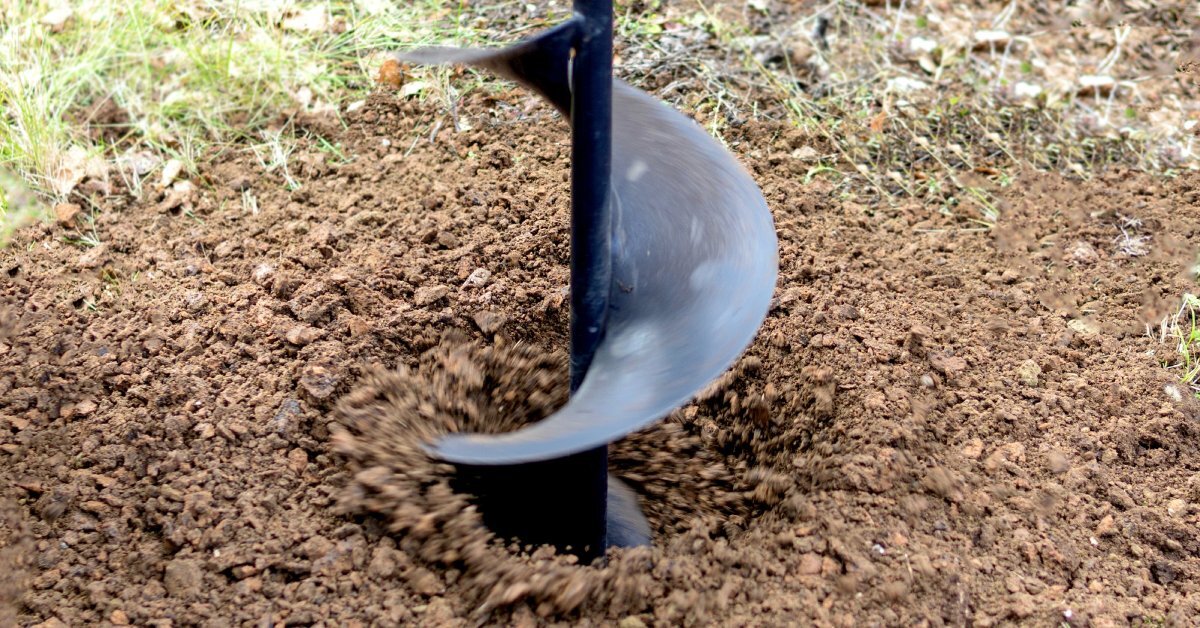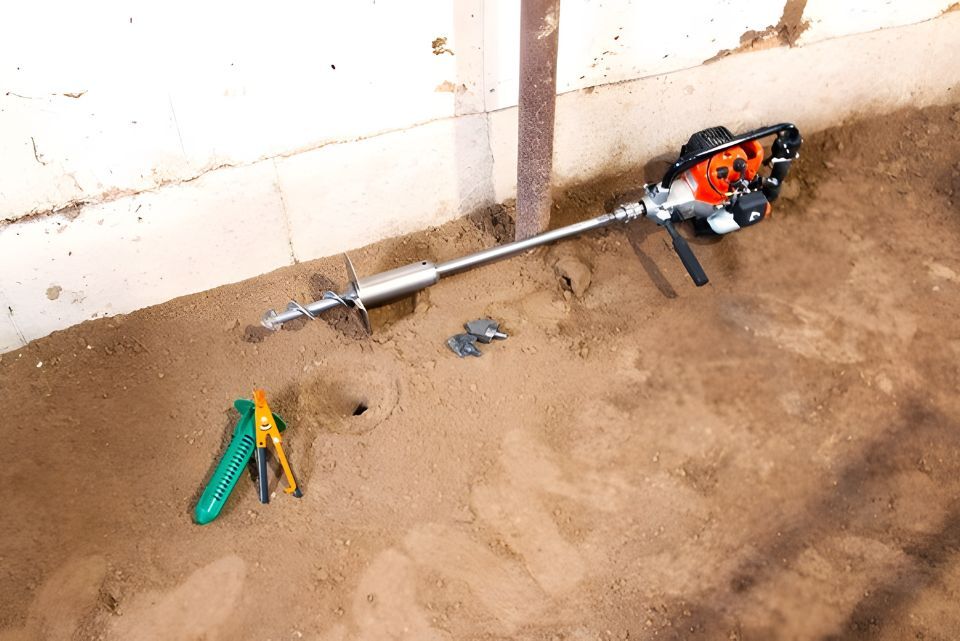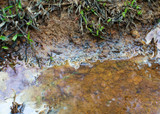16 Tips for Installing Termite Bait Stations
Termite bait stations are among the most effective methods for controlling subterranean termites. When installed correctly, they offer a targeted and environmentally responsible way to monitor and eliminate infestations before significant structural damage occurs.
Pest control professionals know that results depend heavily on the quality of the installation and the tools they use. Whether you’re a service provider or property owner, knowing the best tips for installing termite bait stations can make all the difference. Read on for key tips, tool recommendations, and proven strategies to improve outcomes.
1. Choose the Right Placement
Successful baiting starts with smart placement. Subterranean termites are drawn to moist, shaded soil, typically within 11–19 in. from a building’s foundation. Avoid overly dry areas under eaves, and don’t install stations too far from the structure, as this may miss active foraging tunnels.
In paved or hardscape areas such as patios or driveways, core drilling may be necessary. Use a 3 in. concrete core bit to achieve the correct hole diameter for most station models.
2. Plan Around Irrigation and Utility Lines
Before drilling, verify the absence of sprinkler lines, utility cables, or other underground services near intended placement areas. Accidental damage can be costly and dangerous. Additionally, excess irrigation can flood stations, degrading their performance.
Use a utility locating wand or contact your local “Call Before You Dig” service to confirm safe zones. Also, factor in seasonal changes—soil shifting from frost, rain, or heat can impact both stability and station accessibility over time.
3. Tailor Station Layouts to the Property
While placing stations every 9 ft. around the perimeter is a standard guideline, tailoring the layout to the property’s unique features yields better results. Position extra stations near downspouts, mulch beds, or tree roots—areas rich in moisture and organic matter that attract termite activity.
Mapping the terrain, sun exposure, and water drainage patterns allows for smarter station placement and more reliable termite interception.
4. Store Stations Properly
Keep bait stations in sealed containers, and store them away from chemicals such as fuels, fertilizers, and pesticides. Bait materials are porous, so they can absorb airborne contaminants, which may deter termites from feeding.
5. Use the Right Drill for the Job

Efficiency and safety improve when the right auger is paired with a suitable drill motor. High-torque drills, whether electric- or gas-powered, are essential for efficiently installing multiple stations on larger jobs.
6. Keep Backup Supplies on Hand
Unexpected issues can stall a job. Carrying spare installation augers, cleanout augers, and other tools maintains productivity, particularly during remote or urgent service calls. Having a small backup kit is an easy way to avoid downtime.
7. Match Auger Size to the Station Type
Selecting the correct installation auger streamlines installation and ensures a proper fit. For Sentricon systems, a 1-3/4–2 in. diameter auger works best. For Trelona and Advance stations, 2-1/2–2-3/4 in. augers provide the appropriate diameter.
Soil conditions also matter. In sandy areas, dampen the ground before drilling to prevent collapse. For dense clay or root-heavy soil, a flighted auger with a carbide tip can simplify the process.
8. Use Depth Markers or Stop Collars
Depth consistency is critical. Shallow installations risk exposure, while overly deep holes may bypass active foraging zones. Use tape, stop collars, or adjustable drill stops on auger shafts to ensure consistent depth across all stations on the property.
9. Clear Debris After Drilling
Once a hole is drilled, use a cleanout auger for the termite bait station to remove any loose soil and debris. This allows the bait station to sit flush with the surface, which is essential for termite access and protection from foot traffic, lawn mowers, or water pooling. Rocky soil may require extra attention to ensure a snug, stable placement.
10. Eliminate Competing Food Sources

Minimize alternative food sources near the stations. Remove cardboard, wood piles, untreated lumber, and excessive mulch, which may attract termites away from the bait. Fewer distractions mean a higher likelihood that termites will find and consume the bait material.
11. Handle Bait Stations Carefully
Termites are sensitive to oils, scents, and chemical residues. Always wear disposable gloves when handling bait stations to prevent contamination. Avoid storing or placing stations on surfaces treated with pesticides. In previously treated soil zones, remove and replace the soil in the immediate area of the station to improve acceptance of the bait.
12. Backfill for a Tight Seal
After setting the station, backfill or tamp down the surrounding soil to secure the unit and ensure it sits flush. This helps maintain proper humidity levels and prevents displacement from foot traffic or equipment.
13. Boost Moisture in Dry Conditions
In arid regions or during dry spells, increase humidity to improve attractiveness. Wrapping the station’s lower section with a biodegradable wrap, wet paper towel, or even a moistened diaper can simulate ideal conditions and increase termite engagement.
14. Use Heat To Simulate Activity in Cooler Seasons
During early spring or in colder climates, termites are less active. Placing a black plastic cover or plate over the station can gently warm the surrounding soil, encouraging termite activity. Once temperatures normalize, remove the cover or plate to avoid overheating or excess drying.
15. Monitor and Maintain Stations Regularly
Frequent inspections—especially in spring and late fall—ensure that stations remain active and effective. Replenish bait when termite activity is detected to sustain feeding and colony suppression.
Track station locations using weather-resistant markers or GPS mapping tools to streamline inspections. If some stations remain inactive over time, repositioning them slightly may encourage new interaction.
16. Manage Ants and Other Predators
Ants often invade bait stations and can deter termite activity. If ants are present, clean out the station and apply a non-repellent ant treatment around (but not inside) the area. This protects bait integrity while discouraging predatory interference.
Precise Installation Starts With the Right Tools
By following these tips for installing termite bait stations and using dependable installation augers, cleanout augers, and other tools, professionals can improve bait uptake, reduce installation time, and ensure consistent results. A bait station is only as effective as its placement—and that starts with a clean, accurate hole.
We supply augers, cleanout tools, and many accessories that pest control professionals depend on. Whether you’re servicing a residential lot or a commercial facility, our equipment supports clean, consistent, and efficient termite bait station installation. Visit our website to explore the tools that make every job smoother, safer, and more effective.
Recent Posts
-
10 Reasons Testing Groundwater Is Important
Groundwater is one of the most valuable resources we have. It provides drinking water for millions a …November 20, 2025 -
Why You Should Regularly Check Termite Bait Stations
In industries such as agricultural or groundwater management, unseen threats can quietly undermine y …November 12, 2025 -
How the Mining Industry Uses Sediment Sampling Data
In mining, the decisions made before the first shovel hits the ground can determine the success or f …September 26, 2025




